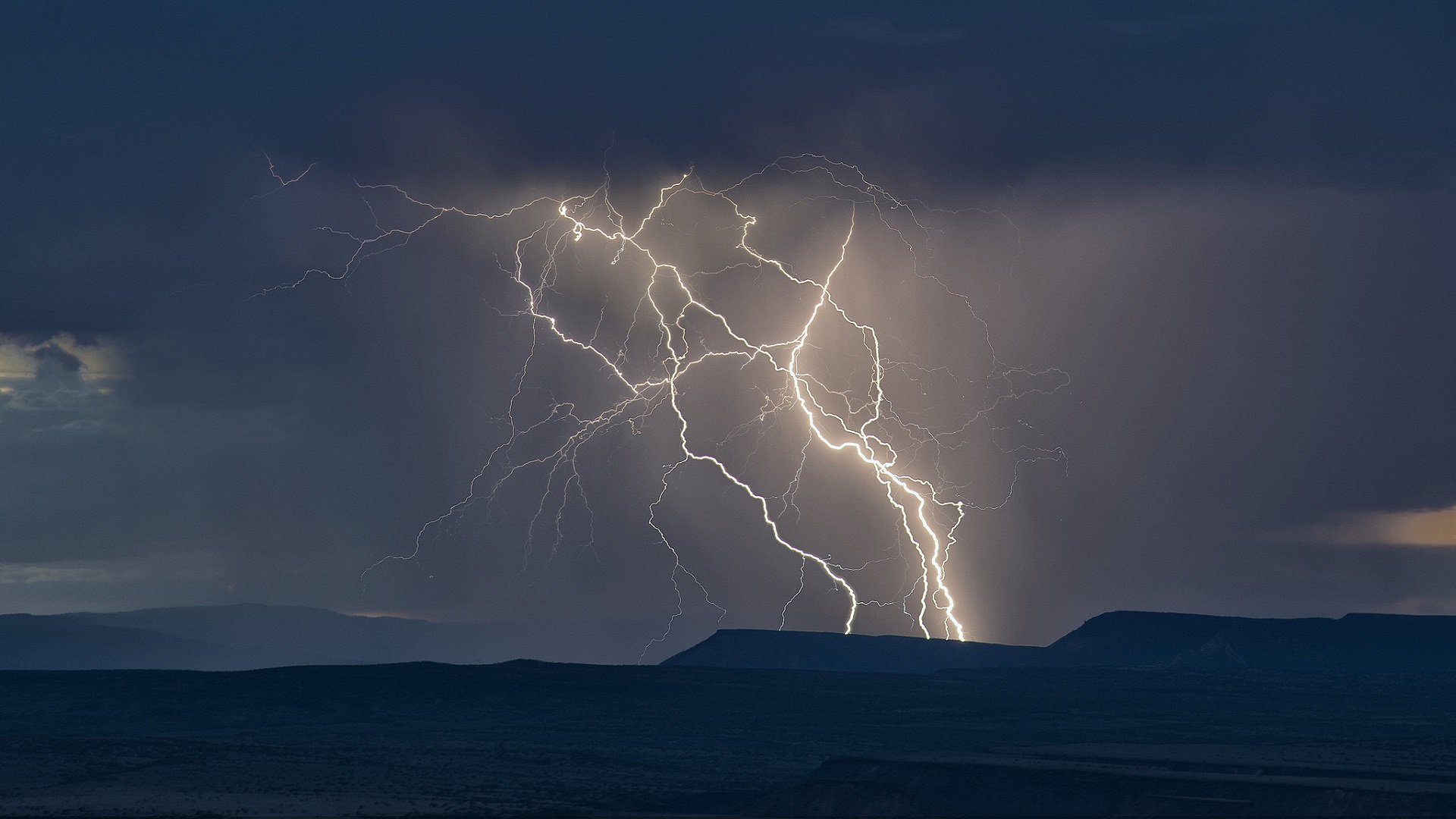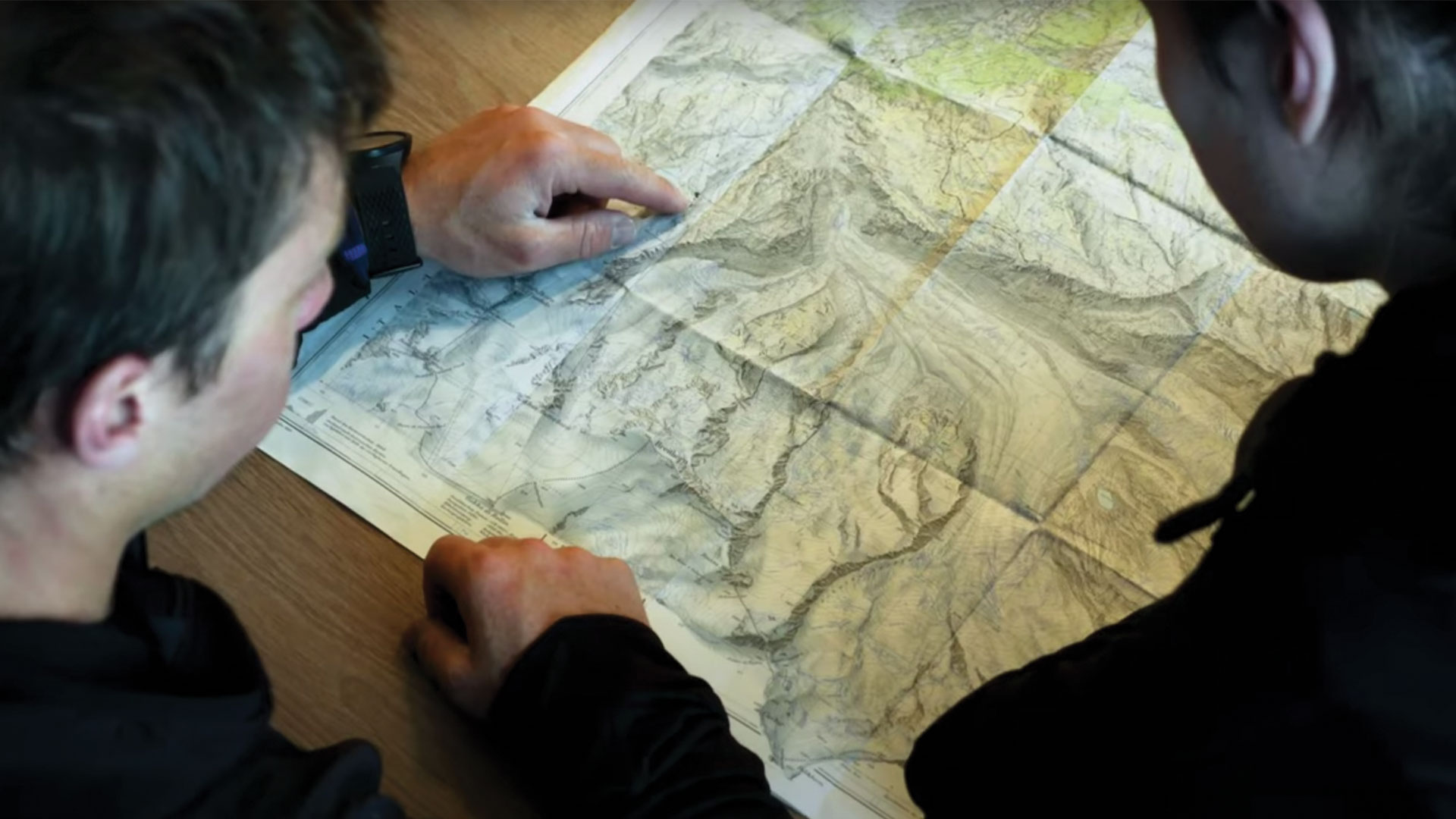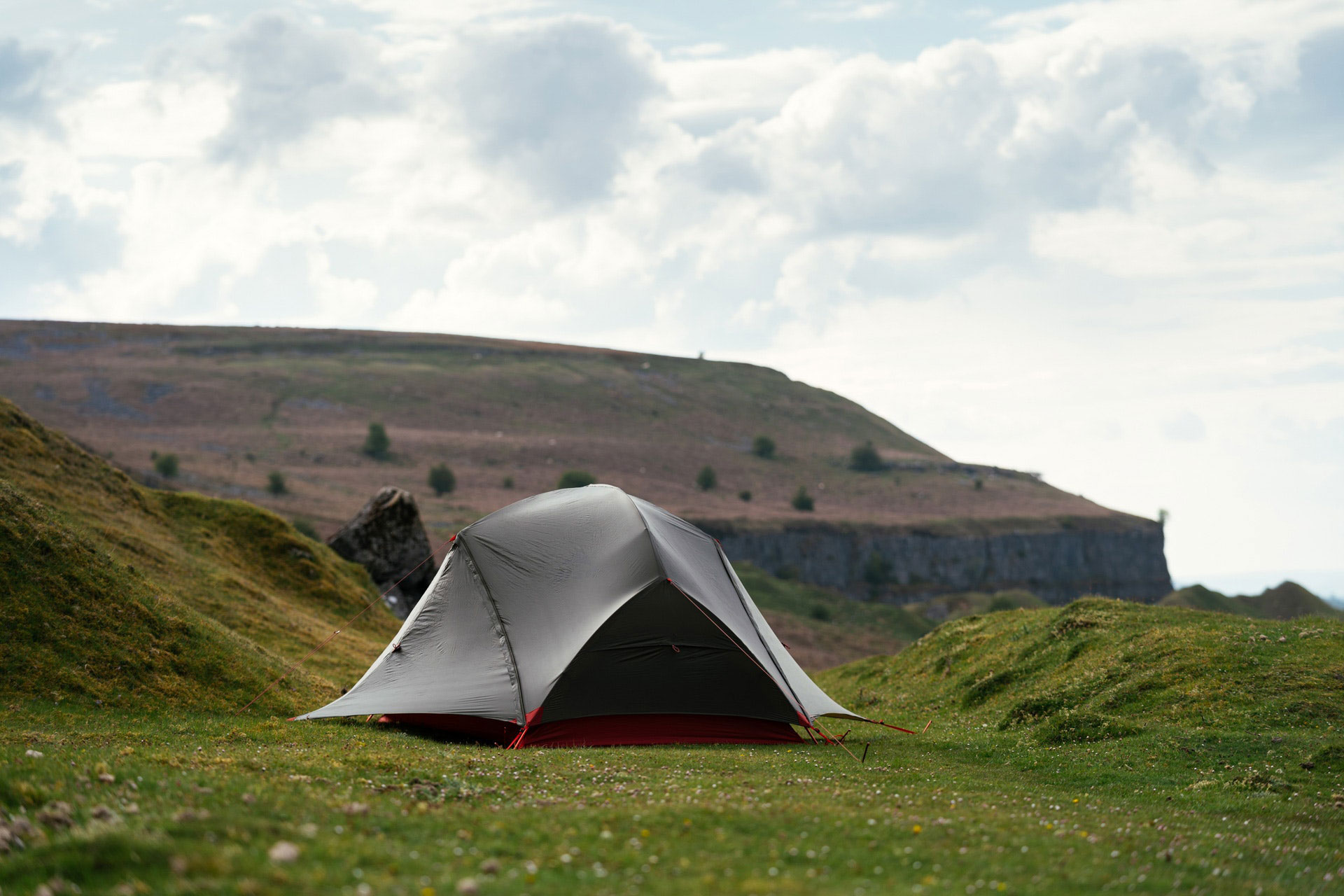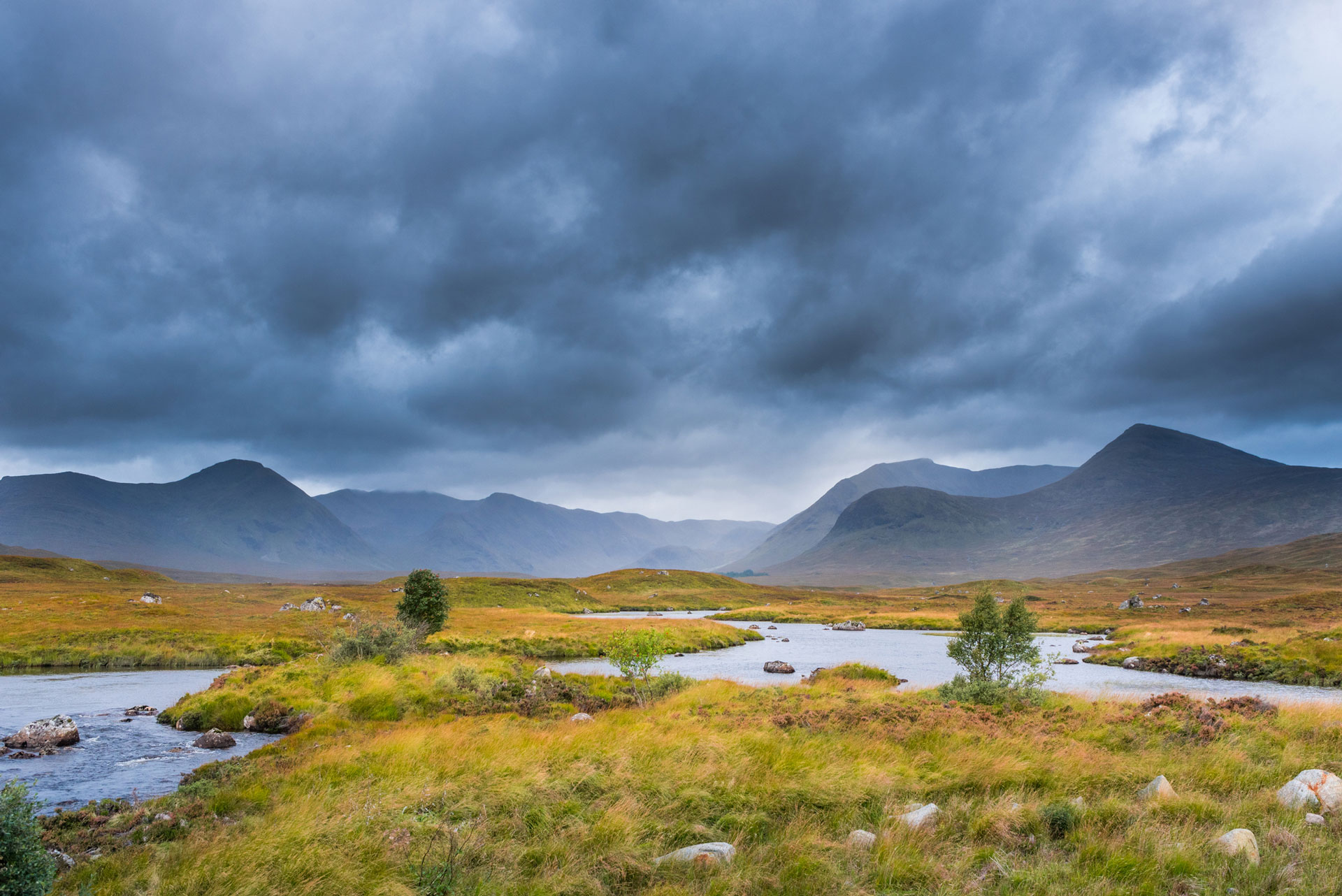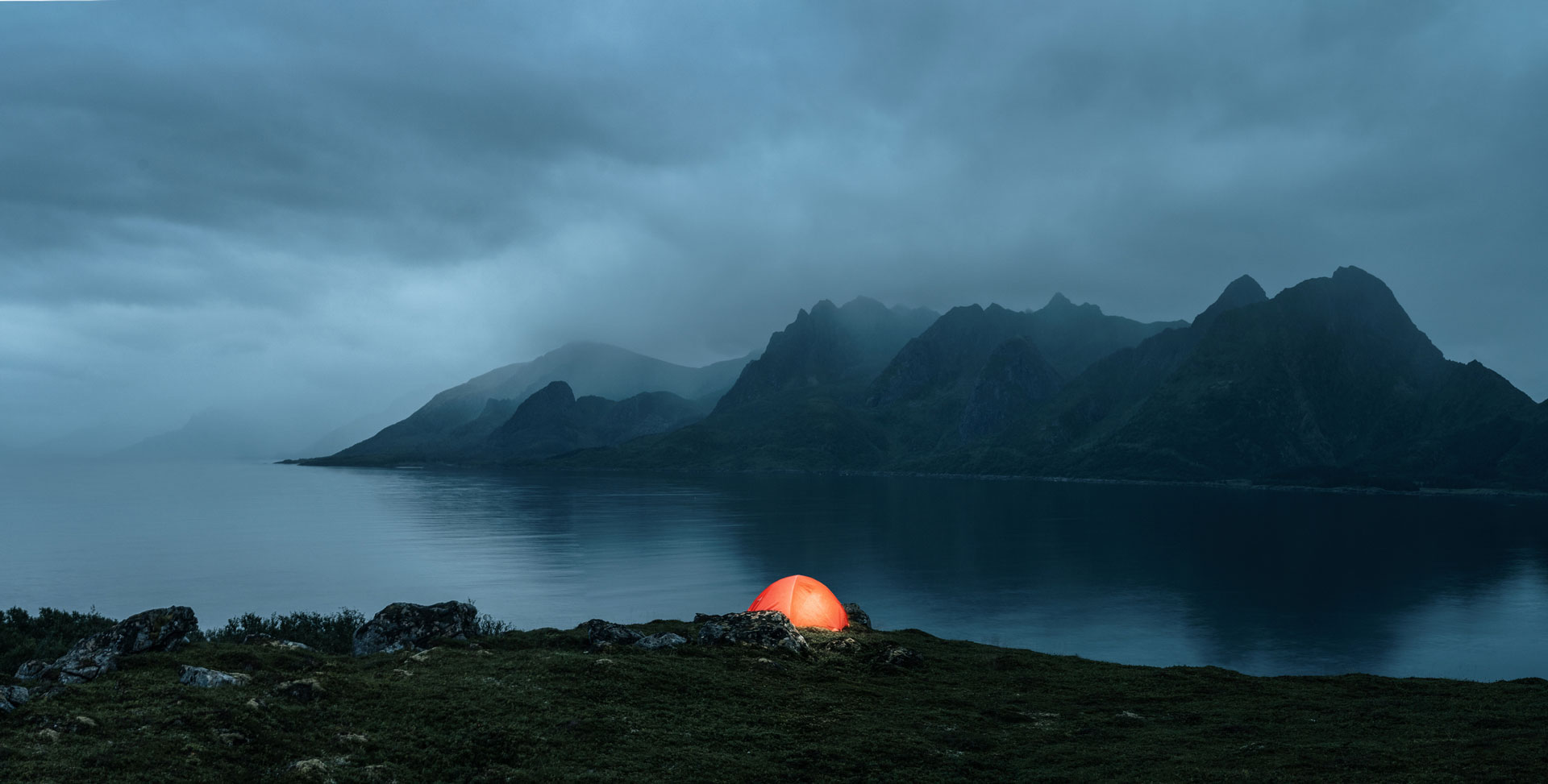What To Do When You’re Caught In A Storm
Mountaineering Scotland and John Mitchell from the Met Office in Aberdeen share the following advice:
- Estimate your distance from the storm by counting the seconds between seeing a flash of lightning and hearing a peal of thunder. Divide the number by three to give an approximate distance in kilometres. Monitor this timing to assess if the storm is approaching or heading away.
- If you can hear thunder, you are already within range of where the next strike may occur. After the storms move away and you stop hearing thunder, wait at least 30 minutes before assuming it is safe.
- Get down off high ground immediately. Lightning will take the shortest route to earth, so if you are the highest point in your immediate surroundings, drop down off the summit or exposed ridge line if it is safe to do so.
- There’s no safe place from lightning if you’re outside. To minimise the chances of a strike, become a small, round target. Put on extra clothing and waterproofs, find the lowest point possible and sit on your rucksack with your knees drawn up to your body or squat close to the ground, with your hands on your knees (not on the floor) and your head tucked between them. Try to touch as little of the ground with your body as possible; do not lie down on the ground. If you feel your hair stand on end, drop to the above position immediately.
- Make sure that you place any metal or electrical items such as poles, climbing hardware, pots and pans, mobile phones and GPS devices well away from you. If any of your equipment is buzzing or glowing blue, move away from it immediately. This is a phenomenon known as St. Elmo’s fire and can indicate that a strike is imminent.
- Don’t shelter under a rock overhang, in a cave or under a lone tree because a lightning strike can bridge the gap between the rock or tree above you and the ground below.
- Don’t position yourself next to water such as a lake, river or boggy ground, as water conducts electricity.
- If in a group, move away from each other. This way, if the worst occurs, it is likely that there will be others to help.

Be Safe In Your Tent
If you’re already in your tent when a storm arrives, then ensure you do the following:
- If you have lots of metal equipment in your pack, depending how far away the storm is, either move it 20m from the tent, or throw it as far away from the tent as possible.
- Stay in the middle of your tent (unless you have a tent with a central pole) and ensure you don’t touch the frame, poles or inner.
- Assume the storm safety position described above. If your rucksack isn’t to hand, fold over your sleeping mat several times and sit on that instead with your knees drawn up.
- Put your boots on so your bare feet aren’t touching the ground.
- Don’t assume you are safe until you haven’t heard thunder for at least 30 minutes.
How To Help If Someone Gets Hit
If possible, call the emergency services. Even if you don’t have network signal, an emergency call will be put through using another available network where possible. If this doesn’t work, try sending a text instead, as texts can be sent with limited signal.
Dial 999 and ask for the police, then mountain rescue. If you have enough signal and battery, you will be sent a SARLOC or a Phonefind link. Click on the link and the team will be able to identify your location. If this isn’t an option, you’ll need to provide a grid reference. Either use a map and compass, or use the latitude and longitude displayed on a compass app on your phone – this will allow the team to convert it into a grid reference. If you are completely unable to give a grid reference, you will need to give the team as much information about your location as you can, such as the general area you are in and any distinguishing features.
“There is a common myth that you shouldn’t touch someone who has been struck by lightning”
While you are on the phone, give the team details of the incident and they will advise on actions you can take before they reach you. Don’t try and move unless the mountain rescue team have advised you to do so. If you haven’t been able to provide a grid reference, it may be helpful to signal for help using your torch and whistle to help guide the team. Use six short blasts or flashes in quick succession and repeat at one minute intervals. Keep doing this until someone actually reaches you and don’t stop even if you hear or see a response from the approaching team, as they may be using your signals as a direction finder.
If you were unable to make a call, use the emergency SMS service by texting 999. Send the word ‘POLICE’, followed by a brief summary of the incident and your location details. You will need to have registered your phone for this service and it is something anyone who spends time in the mountains should do. To register, text ‘register’ to 999. You will get a reply with instructions to follow.
There is a common myth that you shouldn’t touch someone who has been struck by lightning as you may be electrocuted. This is not true as the human body doesn’t store electricity. Check for a pulse and whether the person is breathing normally. If required, start CPR.

Don’t Let Storms Put You Off
Although being out in a storm is scary, it’s important to remember that death by lightning strikes are rare, and with proper planning in the UK it’s unlikely you will be caught unawares by a storm. And as long as you pick your pitch carefully, even if you do get caught in stormy weather you can minimise your chances of exposure to the elements.
For More Like This
How To Treat A Blister
How To Break In Walking Boots

